
TagPaul Sutter

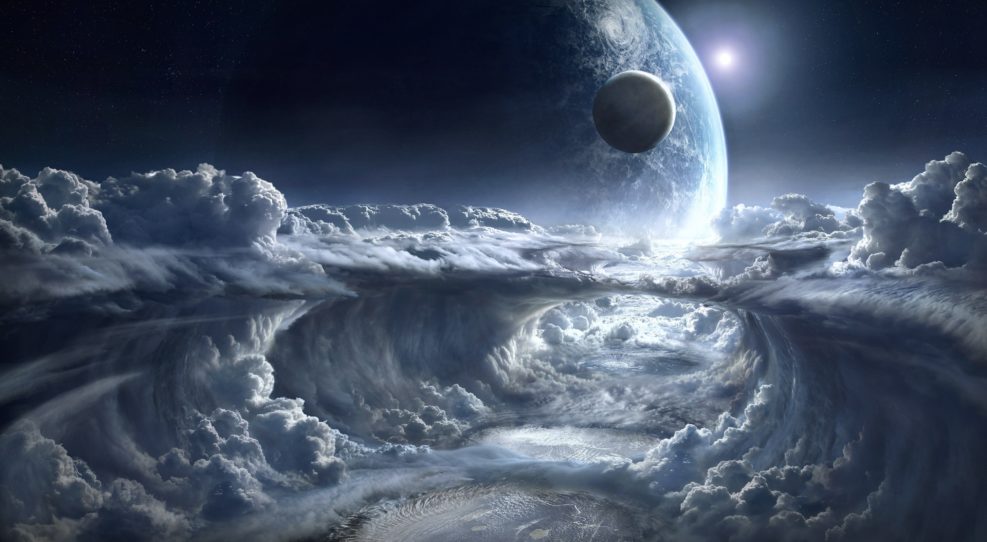
The Search for Extraterrestrial Life 19
One current focus for exoplanet research is on the way life is known to alters its environment in order to remain in existence — the Gaian Habitable ZoneIn our universe: “Billions of celestial objects revealed in gargantuan survey of the Milky Way”: “The new dataset contains a staggering 3.32 billion celestial objects—arguably the largest such catalog so far”: “Most of the stars and dust in the Milky Way are located in its disk—the bright band stretching across this image—in which the spiral arms lie. While this profusion of stars and dust makes for beautiful images, it also makes the Galactic plane challenging to observe. The dark tendrils of dust seen threading through this image absorb starlight and blot out fainter stars entirely, and the light from diffuse nebulae interferes with any attempts to measure the brightness of individual objects. Another challenge arises from the sheer number of Read More ›
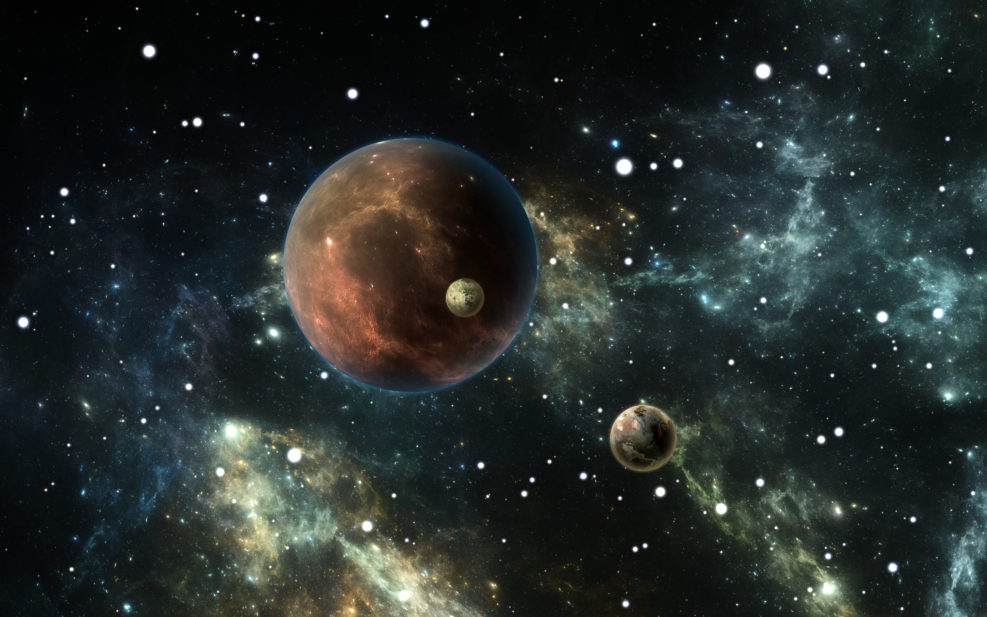
The Search for Extraterrestrial Life 18
We are starting to find more different kinds of exoplanets and an unexpected source of water on MarsIn our universe: Time travel? “How a Rotating Universe Makes Time Travel Possible” At Universe Today, Stony Brook astrophysicist Paul Sutter notes that mathematical philosopher Kurt Gödel (1906–1978) wrote a model for Albert Einstein (1879–1955) of a universe that allows time travel into the past: “Gödel constructed a relatively simple and artificial model universe to prove his point. This universe is rotating and contains only one ingredient. That ingredient is a negative cosmological constant that resists the centrifugal force of the rotation to keep the universe static. / Gödel found that if you follow a particular path in this rotating universe you can end up in your own past. ” (January 11, 2023) Our universe, as it happens, is not Read More ›

The Search for Extraterrestrial Life 15
Recent news features Earth-like planets and water worlds — and how comet impacts may be providing Europa’s oceans with materialIn our universe: Here are the James Webb Space Telescope’s best images from a spectacular year first year (it launched December 25, 2021). Could there be such a thing as “dark light?” Science writer Tibi Puiu tells us at ZME Science that some physicists think that the mysterious dark matter of the universe is made out of dark photons: “A new study found that hypothetical particles called dark photons can explain discrepencies in the ‘cosmic web’.” (December 14, 2022) “First introduced in 1986 by physicist Bob Holdom, dark photons, also known as ‘heavy photons’ or ‘hidden photons’, are supposed to be gauge bosons for dark matter. Dark photons and regular photons are expected to mix, such that the dark photons Read More ›
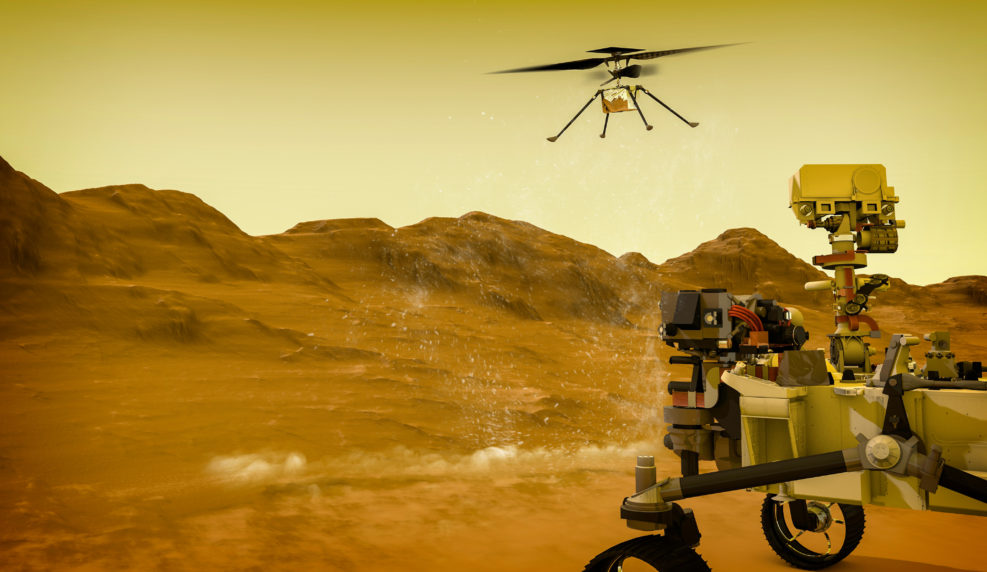
News From the Search for Extraterrestrial Life 12
Some stars seem to be defying the known laws of physics; others are found to produce specific rare elements when they collideIn our universe: Researchers are finding more evidence that colliding neutron stars forge not only gold but strontium, lanthanum, and cerium. They expect to discover more rare elements in the debris as well. (Universe Today, October 29, 2022) At this rate, we won’t run out. 😉 The paper is open access. When neutron stars collide: Speaking of stars, some seem to be defying the known laws of physics: “An international team of astrophysicists has made a puzzling discovery while analyzing certain star clusters. The finding challenges Newton’s laws of gravity, the researchers write in their publication. Instead, the observations are consistent with the predictions of an alternative theory of gravity. However, this is controversial among experts. The results have now Read More ›
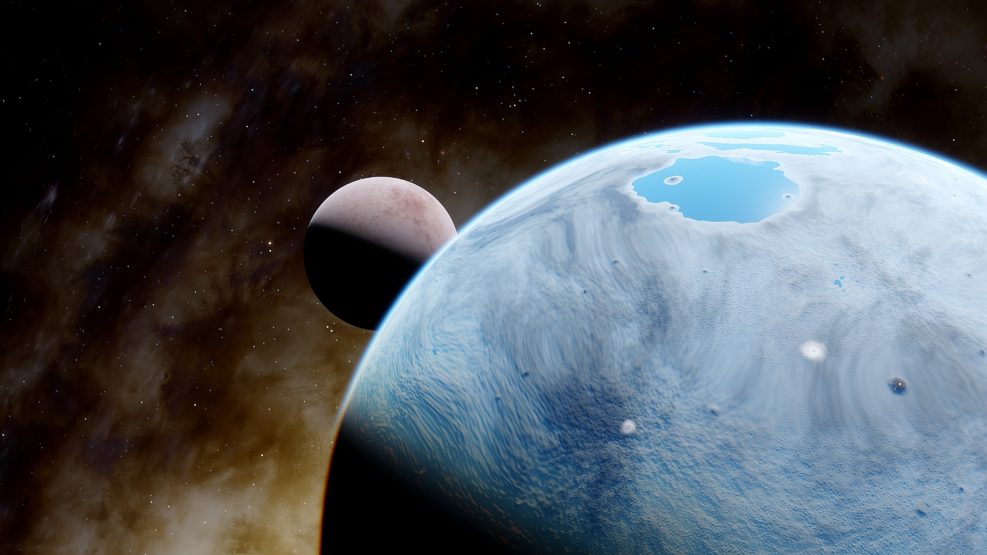
News From the Search for Extraterrestrial Life I
Super-Earths that might have life, choosing life forms to take to Mars, and self-replicating robots…A roundup from popular science news sources: ★ Are any super-Earths habitable? The largest single class of exoplanets discovered are super-Earths — bigger than Earth but smaller than Neptune, of which there are 1,577 confirmed discoveries. Some lie within the habitable zones — at least in principle — of their stars. Stony Brook astrophysicist Paul Sutter ponders the factors that go into determining how many of them are actually habitable, concluding, Perhaps the best candidate for a habitable super-Earth is LHS 1140b, which orbits a red dwarf star about 49 light-years from Earth. It’s about 60% wider than our planet but 6.48 times as massive. It orbits extremely close to its parent star — its orbital period is just 25 Read More ›
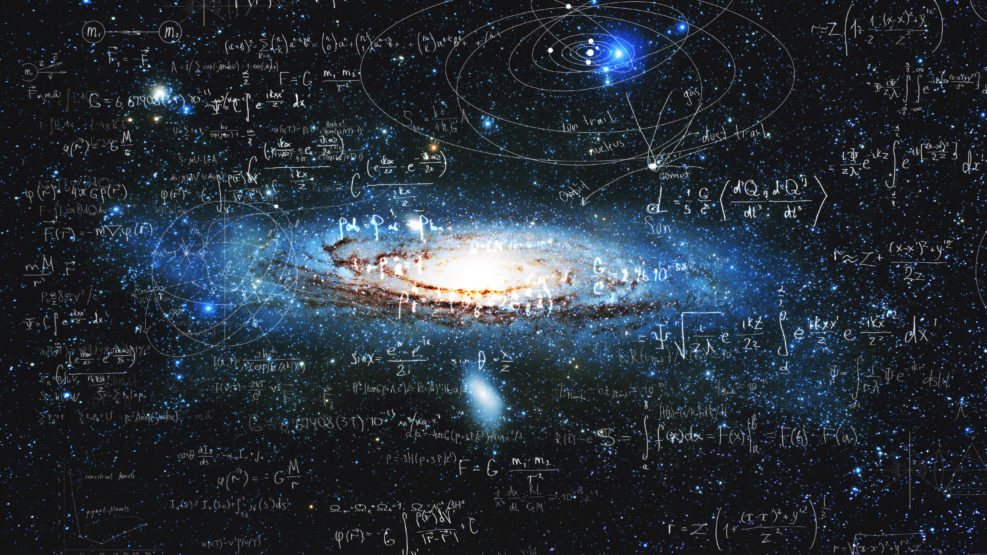
Unexplained — Maybe Unexplainable — Numbers Control the Universe
For example, brilliant physicist Richard Feynman called 1/137, the fine structure constant, “a magic number that comes to us with no understanding by man”In Carl Sagan’s Contact, the extraterrestrials embedded a message in the irrational number pi (the circumference of a circle divided by its radius). But some other numbers are critical to the structure of our universe too — and why they are critical does not make obvious sense. ➤ Perhaps the most fundamental and mysterious one is the fine structure constant of the universe: A seemingly harmless, random number with no units or dimensions has cropped up in so many places in physics and seems to control one of the most fundamental interactions in the universe. Its name is the fine-structure constant, and it’s a measure of the strength of the interaction between charged particles and the electromagnetic force. The current Read More ›
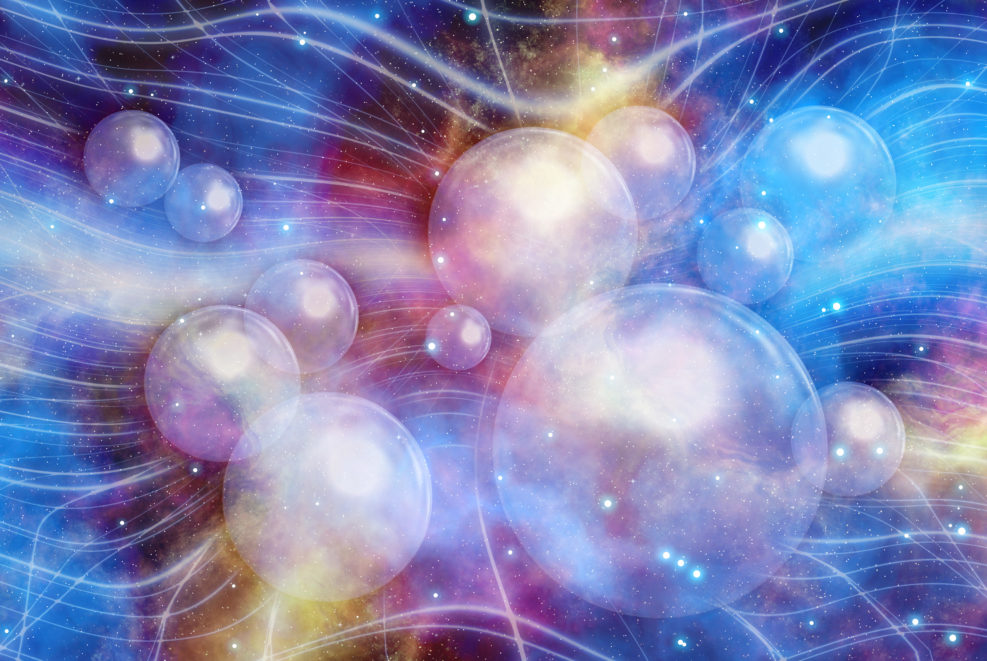
In an Infinity of Universes, Is Another You Reading This Article?
Maybe. But the recent science evidence is not especially encouragingIt is generally believed that the early universe widely inflated. So, reporting on a recent article submitted to Journal of Cosmology and Astroparticle Physics, Stony Brook astrophysicist Paul Sutter points out: First off, they found that eternal inflation wasn’t nearly as common as originally thought. Their explanation for why cosmologists had thought eternal inflation was generic was because those earlier cosmologists had studied only a limited set of models. They found that many viable inflation models (“viable” here means they didn’t obviously contradict observations) didn’t lead to an eternally inflating scenario. Paul Sutter, “How real is the multiverse?” at Space.com (December 16, 2021) Cosmologists line up on both sides: Prominent proponents of the multiverse have included well-known cosmologists such as Max Tegmark and Read More ›

Will Humans Ever Be Fully Replaceable by AI? Part 1
We must first determine, what is a person and what is the nature of the universe in which a person can exist?The title question has been around for quite some time. In this discussion, I would like to take an ontological look at this question. What is the essential nature of being a person? To fully replace humans, what must AI machines become capable of? IF we want to consider the possibility of making humans obsolete, we need to know what is the essence of humanity? What is the ontological nature of a person? What characteristics define being a person? Even before we can address the essential nature of a person, we must identify the essential nature of the universe in which that person exists. What is the universe? How many dimensions does it have? Can the universe, or in it Read More ›